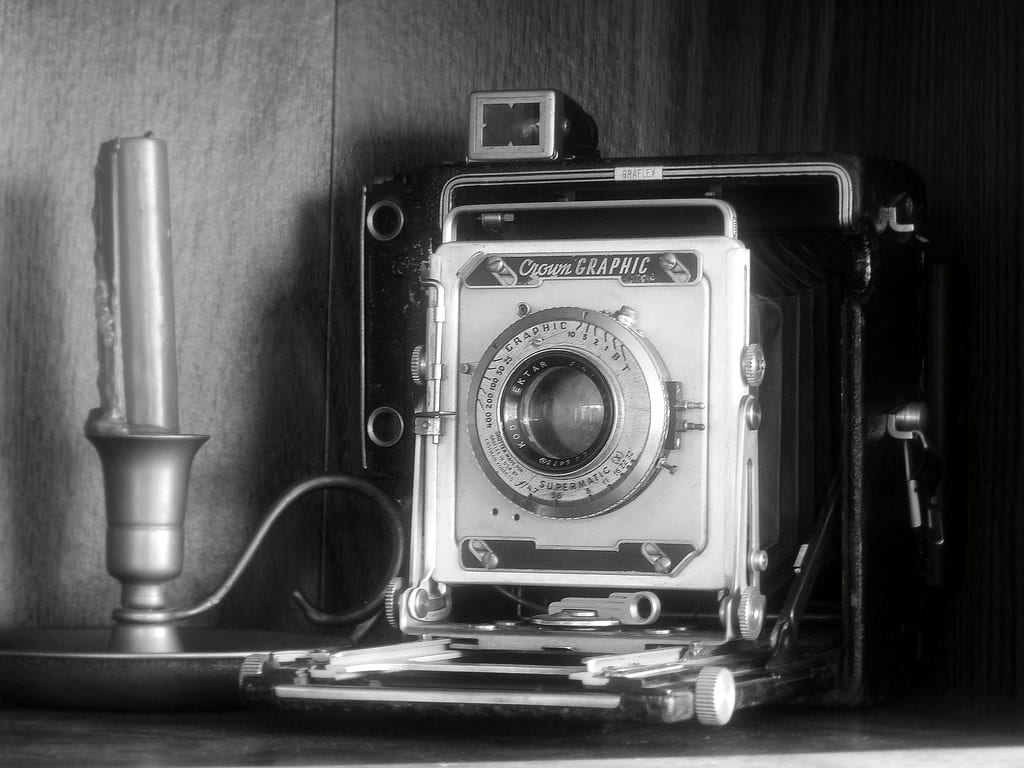Film theories from this article: Research Film Theory, Film Theory Textbook by R. Doughty & C. Etherton
| Cue | Notes |
| Does this prevent non-heterosexuals from enjoying the film | How does a work of art either reinforce or challenge homophobia |
| Queer criticism in film comes from long-standing negative stereotypes about queer people. | |
| Why have these negative myths been used to such effect in modern media? | Long-standing and negative myths that gay people are “sick and evil” or in fact make up a minuscule portion of the population have been used to further push anti-queer messages in film. |
| Related to deconstruction in the way that it draws attention to works where heteronormative standards are challenged and where the “typical” binary ideas of sex and sexual orientation are not applied. | |
| Criticism of poor or offensive queer representation is important to understanding the spectrum of sex and sexual orientation | Queer criticism can interpret and identify issues with queer representation in a work of art |
| Poor representation can hamper our view of the queer experience, so asking these questions are important. | Seeks to answer important questions like: “What does this work contribute to our knowledge of queer, gay, or lesbian experience or history. “ |
| Identifies whether there is any homophobia and/or transphobia present in the work and whether it is explicit or implicit | |
| Why is heteronormativity considered, well, normal? | Queer theory seeks to challenge the idea of heterosexuality as normative. |
| Queer theory developed in response to queer representation in media | |
| The events of Stonewall acted as a catalyst for more queer filmmakers to fight for better representation | |
| How did Fireworks have | Fireworks (1945) Dir. Kenneth Anger is widely regarded as one of the first films to truly explore homosexuality |
